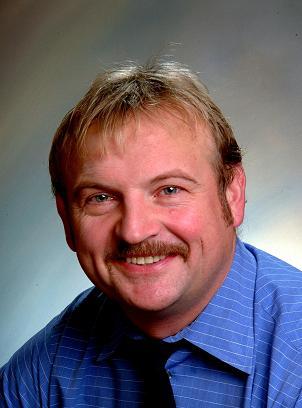

 Reference Site Map |
|
|

April is Cancer Awareness Month. The problem with discussing cancer is that we often refer to this group of 100 diseases as one entity. In 1971, the U.S. passed the National Cancer Act and declared war on cancer. The goal was to find a cure by the end of the century. At that time, about 50% of the people survived cancer 5 years after their diagnosis was made. 33 years later, this figure has only risen to 63%. There have been some dramatic improvements with certain cancers such as Hodgkin's, but for the most part, the small increase is not due to major treatment breakthroughs. It is more likely associated with lifestyle changes, such as better nutrition, quitting smoking and numerous early detection programs. Cancer is the most common cause of death in 45 to 64 year olds, far more common than heart attacks. The most common types are lung, colon, breast and prostate cancer. We understand the entity much better now, but our ability to intervene in advanced cases is largely unchanged. The word "cure" is still not frequently heard. We still do not have any breakthrough drugs, apart from perhaps one exception.
One thing that does amaze me is how quickly we have mapped the human genome. This has substantiated the claim that cancer is the result of faulty or mutated genes. Faulty diets and faulty environments cause changes in a cell's ability to reproduce an exact copy of itself. Some amount of error is tolerable, but if it occurs in a certain gene area, the mutation can lead to cancer. These are the oncogenes. Once a mistake is made, it tends to be copied. The genes carry the blue prints for cell structures and proteins. One of the unexpected findings of the Human Genome Project was how closely the DNA of different organisms resembles each other. The implication is that a small change can yield vastly different functions. Since 80% of cancer research involves simple models like mice and fruit flies, it reinforces the observation of why drugs working in mice often don't work in humans. Yet, this is how most cancer research is done. My old mentor, Dr. Peter Carlen, was right in noticing that some drugs didn't work in rats, but did work in humans. We now know why.
A tiny mistake in the blueprint can change how a cell functions. As a mistake is copied, new mistakes are made. It may result in a cell not dying when it is programmed to die, or cells not recognizing a neighboring cell. A few billion of these cells clumped together are called a tumor. A crucial concept is that these cells are not all identical, they are more like second cousins to each other. This explains why research into drugs using the philosophy "one drug to kill all" is basically flawed.
Eventually, some cells mutate further developing characteristics that allow them to break away from the tumor and are carried by the blood to other sites in the body. This is called metastasis. It is not an easy feat. Our immune systems fight it at every step, a fact often overlooked or misrepresented. Millions of cancer cells are destroyed before one makes it to a secondary site and starts a new colony. The event and mechanisms controlling metastasis are the key. This is the true killer. Tumors that don't metastasize cannot kill.
Unfortunately, most research is aimed at testing drugs in advanced cancer models cloned into non-humans. Success is not measured by elimination, but by tumor shrinkage. I have read monographs extolling the virtues of expensive new agents which success is based solely by extending survival time by a few months. It is a deeply rooted problem stemming from research funding. It is very difficult to obtain funding for radical ideas involving clinical concepts. The data obtained is complex and often criticized. Trials employing multiple agents simultaneously are almost unheard of.
The knowledge base suggests that cancer is curable. We know that it starts at a microscopic level. It is at this level that it is homogenous and needs to be targeted, but detection is the problem. Knowing the identity of the genes can allow us to search for the proteins that they code for. This in turn would allow for earlier detection at a molecular level. Using this concept, research has already led to possible new markers for early detection of breast and ovarian cancers. It has not yet reached clinical reality. Our thinking towards cancer should reflect the current concepts of stroke and heart disease. Prevention of mutation through healthy lifestyle, wholesome food, exercise and other measures is the key. I envision that medical science will shortly enter a new ethical realm, of peeking at your genes to see what you are programmed for and testing people to look for cancer genes before they ever become a problem. Just as we treat hypertension in the hopes of preventing strokes, we will begin to treat cancer carriers to arrest changes before the disease emerges. Some people already use aspirin in this regard.
Early detection is also a key concept. Gynecological pap tests detect and treat abnormalities before serious mutations arise. Cervical cancer rates have plummeted in countries using PAP testing. The same principles apply when colon polyps are removed, prostate enlargement is detected and unusual skin blemishes are treated.
Related resources: